Inside Harbin, the Chinese city that was designed 150 years ago to look like a 'little Russia'
Marielle Descalsota

- Harbin, a city in northeast China, was founded by Russian settlers in the 1900s.
- The city is nicknamed "Little Moscow" for its Orthodox-style architecture.
This is Harbin, a city in China that was built by the Russians. The city is nicknamed "Little Moscow."
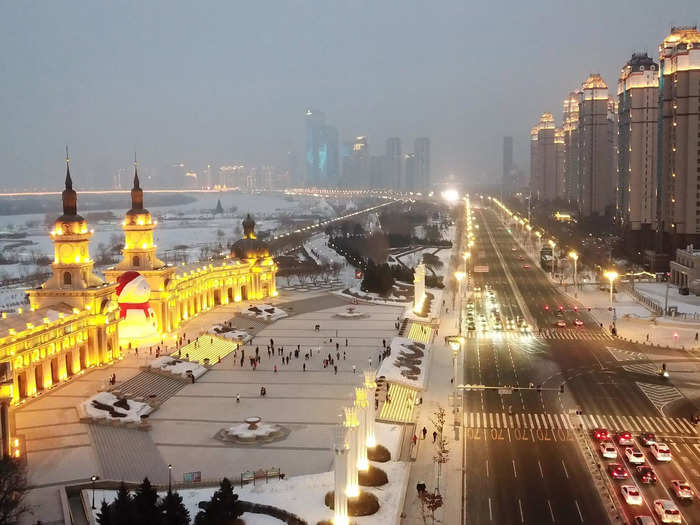
Although Harbin is an economic and cultural hub in China, its streets are reminscent of European ones: Russian Orthodox churches and neoclassic buildings are landmarks in its city center.
The city was founded by settlers in the late 1900s. It was "off-limits" to ethnic Chinese at the time, according to The Calvert Journal.
Now, the city of over six million people comprises of mostly Han Chinese, the largest ethnic group in China. Remnants of Russian influence remain in the city today.
"Russian culture is not just in terms of its physical architecture, it's quite embedded in our lifestyle as well," Shiran Geng, a Harbin-born PhD candidate at Australia's Victoria University told Insider. Geng co-wrote a research paper on the city's Russian influences and urban planning.
"It's not until I went travelling in Europe and Russia [that] I realized many of the things that we've been eating are actually Russian influenced," she added.
Harbin is located in northeastern China.
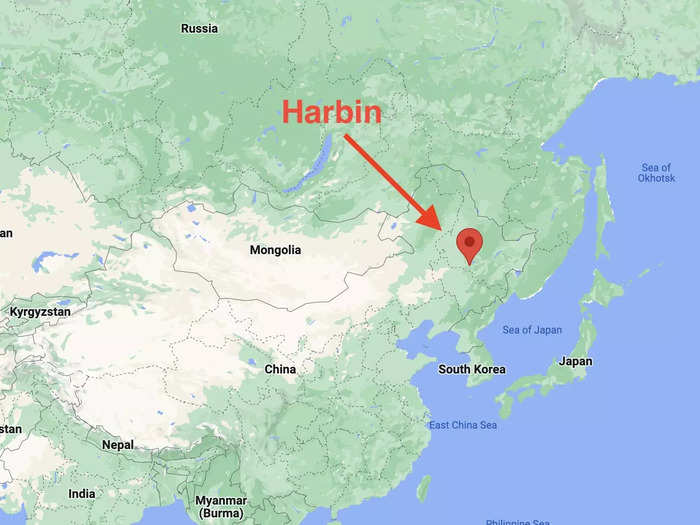
Harbin is the largest city in northeastern China, covering an area of 53,100 square kilometers (around 20,463 square miles), slightly smaller than the state of West Virginia.
The city is the capital of Heilongjiang province, the northernmost province in China.
The province shares a border with Russia that stretches almost 3,000 kilometers.
Harbin was developed as a shortcut on the Trans-Siberian railway in 1898, per The Calvert Journal.
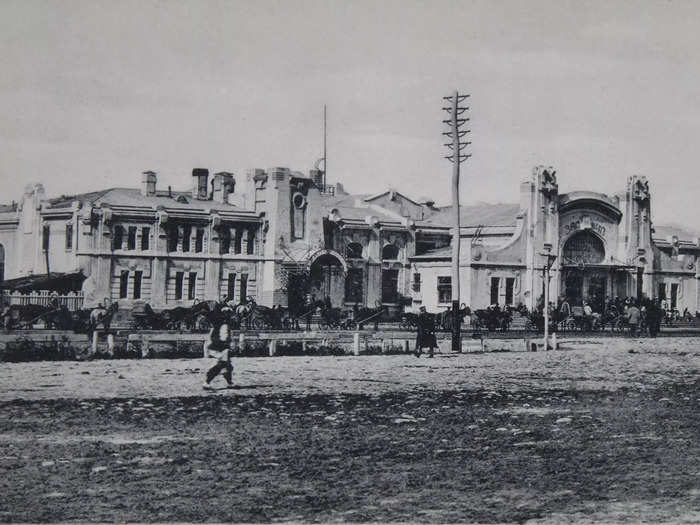
China allowed Russia to build a railway station in Harbin, according to the publication.
The Russians wanted to link Moscow with Vladivostok, a city in the Russian Far East, and made Harbin in 1989 the hub of the extended railway, per China Today.
In the early 20th century, many Russians began immigrating to Harbin, per China Briefing.
It's thanks to Russian construction projects like the railway that Harbin became an important industrial city in China in the 1950s, according to a paper by professors from the Harbin Institute of Technology.
Among Harbin's Russian-influence landmarks is a park named after infamous Russian leader Joseph Stalin (pictured below), and a tourist town replicating a Russian town.
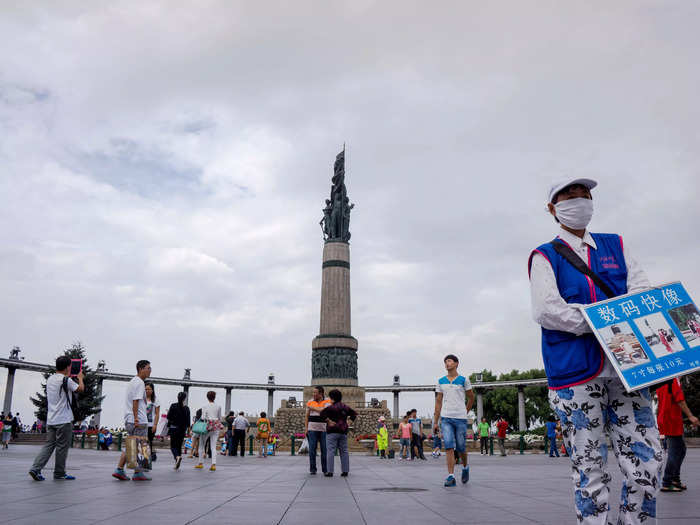
Stalin Park was built in 1953 and was originally called Jiangpan Park. Several tour websites call the park "evidence of the friendship between China and Soviet Union."
At Sun Island, where the famous Harbin snow festival is held, a "Russian Style Town" was created to offer tourists a localized experience of being in Russia.
A photo taken inside the town shows giant Russian tea dolls painted with the faces of current and former Russian leaders, including President Vladimir Putin and Vladimir Lenin, the founder of the Soviet Union.
However, Hengyi, a 26-year-old Harbin native, told Insider the tourist attractions are not indicative of what life looks like in the city at large.
"We don't have many Russian writings [on the buildings] in the city now, only those in the [tourist] attraction zone to make our Russian style stronger for travelers," Hengyi said.
"The Russian Style town is a tourist attraction, [so] locals don't really know what's in there," he added.
Harbin's economic ties with Russia remain strong — in 2018, its main trade partners were located in Russia, according to state-owned outlet China Daily.
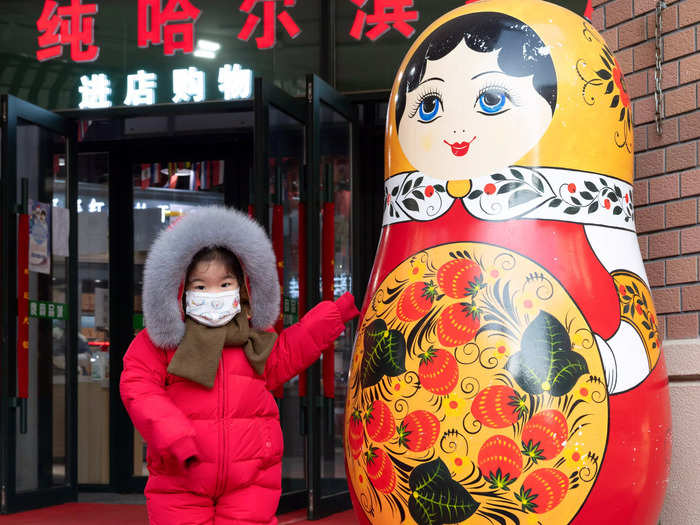
The China-Russia expo, which began in 1990 to boost trade relations between the two nations, is held in Harbin.
The 2019 expo generated more than 380 trade contracts amounting to 170 billion yuan ($24.78 billion), according to China Daily.
Russia counts China as its biggest trade partner, according to state-run news agency Xinhua. China is Russia's 10th-largest trading partner.
In 2016, Harbin Bank signed agreements with 21 Russian banks, a deal that was worth 13 billion yuan ($1.95 billion), according to Russian news agency TASS.
"Harbin has a lot business with Russia and we have people choose to learn Russian as their second language over English," said Hengyi.
"Economically and culturally we are an alliance, it's a very natural thing," he added.
While most Russian immigrants left Harbin in the 1950s, their influence can clearly still be seen in the city's architecture.
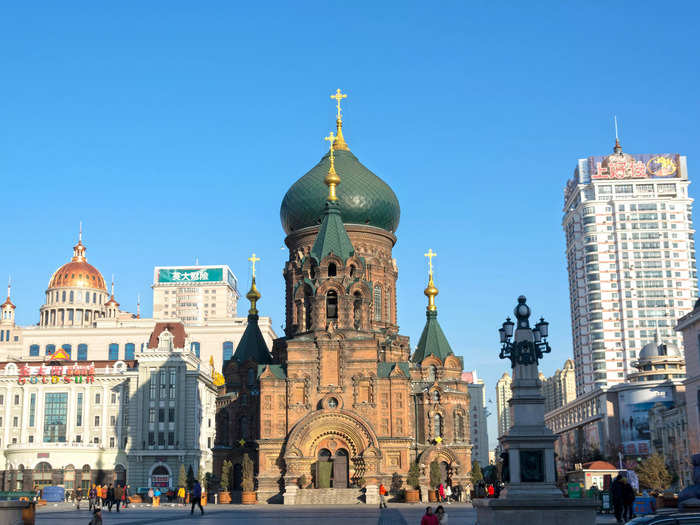
Russian Orthodox churches like the Saint Sophia Cathedral (pictured above) are some of Harbin's most prominent landmarks.
The cathedral was built in 1907 and was the center of spiritual life for 100,000 Russian settlers. But after Russian immigrants left, many churches were no longer used as religious sites.
The cathedral was converted into a military installation by the Japanese in World War II, according to SixthTone. Today, the churches have become a tourist attraction.
"Some of them have been renovated or reused as galleries, museums, or tourist attractions," said Geng. "They are no longer in use [as churches]."
Today, Harbin might best be known on an international scale for its snow festival, which spans over 600,000 square meters, making it one of the biggest ice festivals in the world.
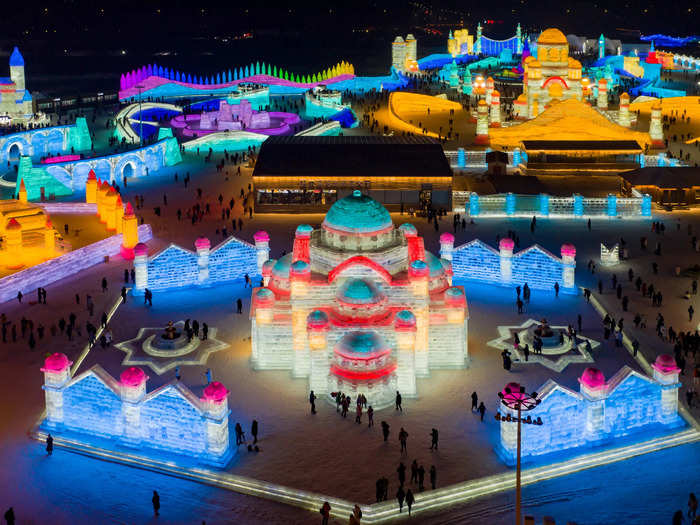
Nicknamed the "Ice City," Harbin has cold and long winters, with temperatures reaching a low of -22 Fahrenheit.
"When [people] think about the city that I come from, they probably think about the weather first: the winter sports, the sculptures, the snow, the ice," said Geng.
The Harbin International Ice and Snow Sculpture Festival began in 1963. More than 10 million people were expected to visit the festival in 2019, making it one of the city's biggest tourist attractions, per Smithsonian Magazine. The festival runs for around two months.
In 2017, the festival drew 28.7 billion yuan ($4.4 billion) in tourism revenue for the city, reported the AP.
And in a nod to its Russian influences, some of the gigantic sculptures at Harbin's famed snow festival are created to resemble Eastern Orthodox churches, with distinctive domes and brick-like texture.
Harbin's food, too, continues to be influenced by Russian cuisine.
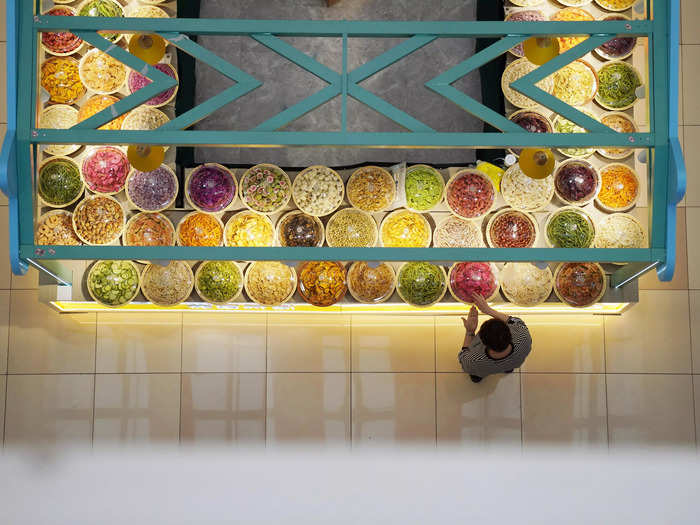
Russian food like sourdough bread, called "khleb," smoked sausage, and borscht are commonly eaten in Harbin, per the city's official website.
"We have a specific diet," Geng said. "We do like to eat bread, which is not very common [in] other parts of China."
Local dishes are also influenced by the broader northeastern Chinese cuisine, like "disanxian" — sauteed potatoes with green pepper and eggplant, and stewed chicken with mushrooms.
Today, Harbin is trying to balance its Russian history and its Chinese identity.
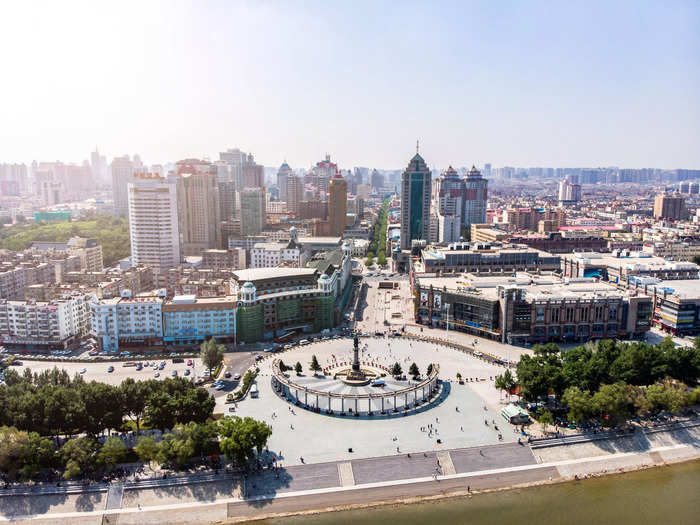
While many historical landmarks like churches are preserved, others are being demolished to "make room for expanding roads and cookie-cutter high-rise blocks," reported The New York Times.
But the Russian structures that do remain are bound to remain part of the city's landscape for years to come.
"It's a good balance of the occasional sort of Russian-influenced architecture," Geng said of the blend of modern buildings and Russian-style landmarks.
"They have been carefully preserved," she added. "So I don't see them being demolished anytime soon."
READ MORE ARTICLES ON
Popular Right Now
Popular Keywords
Advertisement